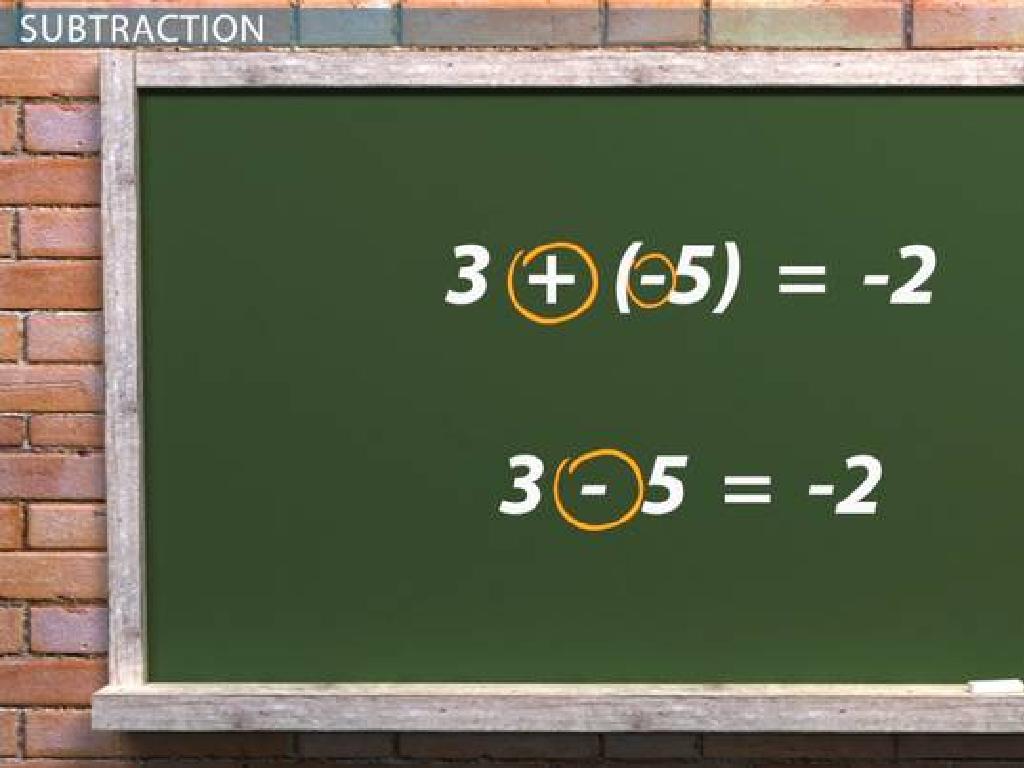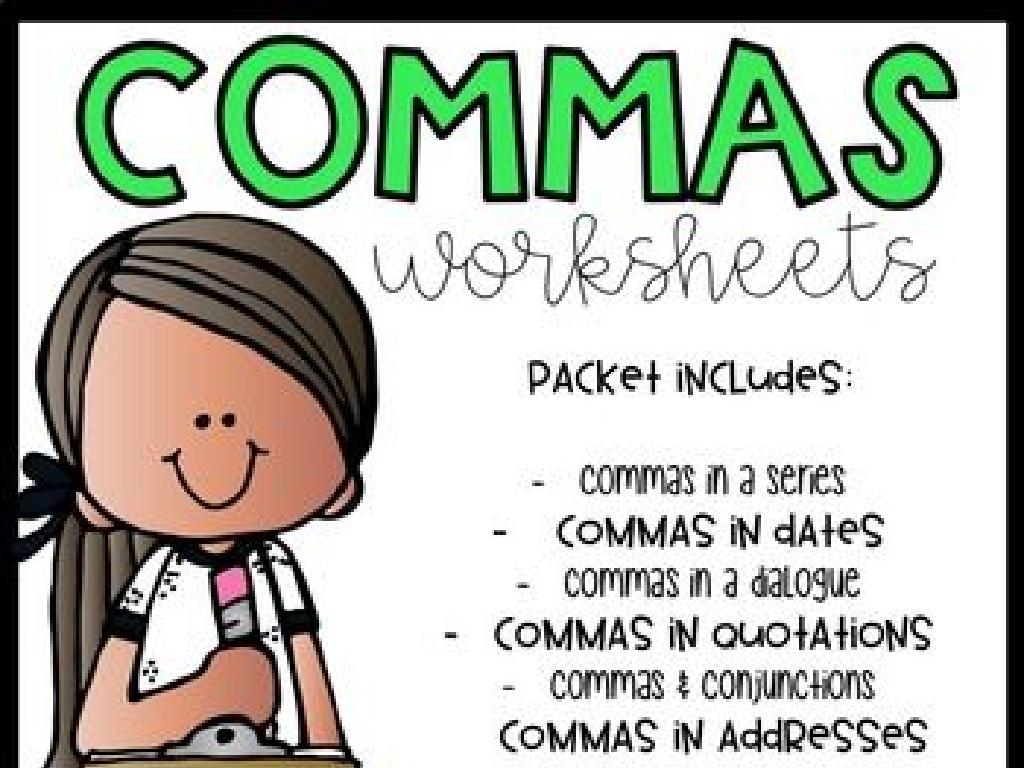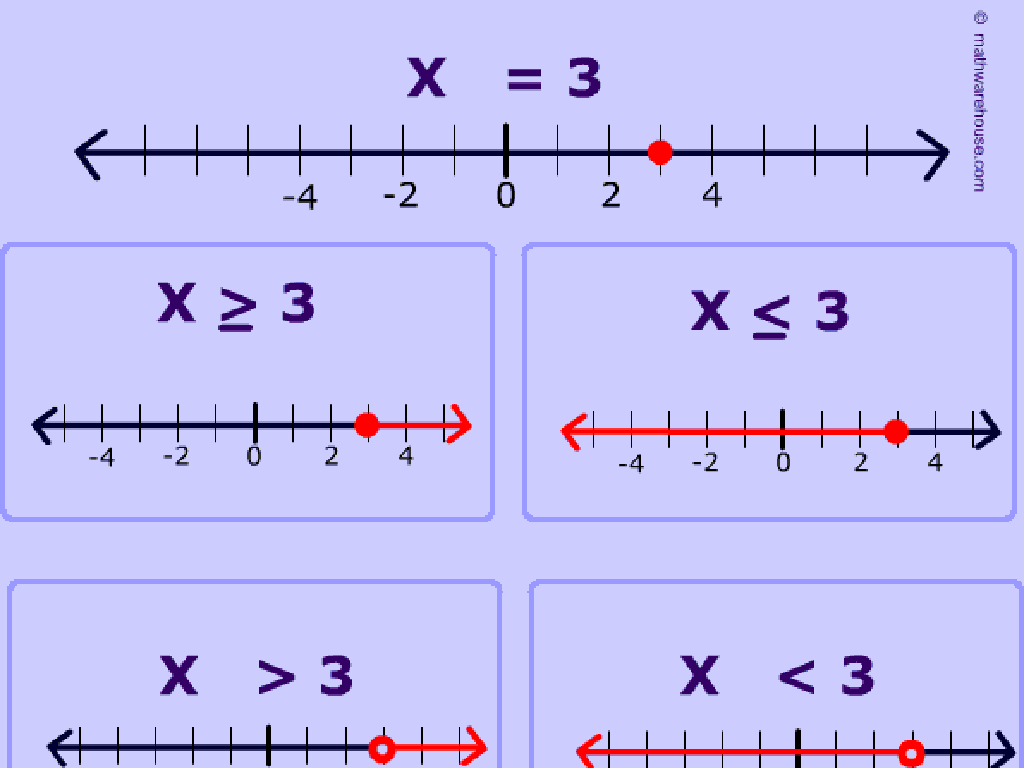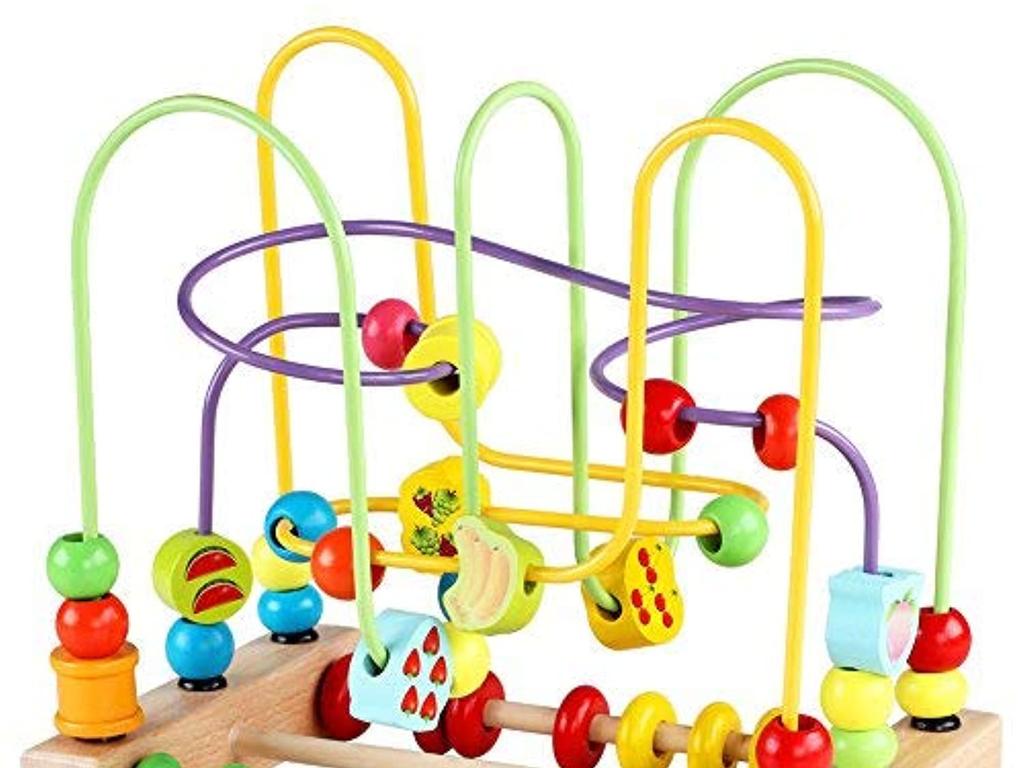Make A Number Using Addition - Sums Up To 10
Subject: Math
Grade: Kindergarten
Topic: Take Apart Numbers Up To 10
Please LOG IN to download the presentation. Access is available to registered users only.
View More Content
Welcome to Addition!
– Greetings, young mathematicians!
– Today’s goal: Learn to make numbers
– We’ll use addition to create new numbers
– Addition means putting together
– Think of addition like combining snacks
– We’ll add up to the number 10
– Example: 2 apples + 3 apples = 5 apples
|
This slide introduces Kindergarten students to the concept of addition, framing it as a fun activity of combining items. Start by greeting the students warmly to create an inviting learning atmosphere. Explain that addition is a way to find out how many items we have in total when we put groups together. Use tangible examples like combining different amounts of snacks to illustrate the concept. Keep explanations simple and relatable. During the lesson, use physical objects like blocks or counters to demonstrate addition, allowing students to visualize the process. Encourage participation by asking students to try adding different pairs of numbers up to 10. This hands-on experience will help solidify their understanding of addition as a foundational math skill.
Learning Addition: Making Numbers Add Up to 10
– Addition means putting together
– Count everything for the total
– If you have 2 apples and get 3 more, count them all to find out how many now.
– Like adding blocks to a tower
– Imagine your block tower growing as you add more blocks!
– Making numbers up to 10
– Practice with numbers: 1+9, 2+8, 3+7…
|
This slide introduces the concept of addition to Kindergarten students by relating it to a familiar activity – building with blocks. Explain that addition is simply the process of combining two or more numbers to find out how many items there are in total. Use tangible examples like adding more blocks to a tower or more apples to a basket to illustrate the point. Encourage the students to think of addition as a way of ‘growing’ numbers. Provide simple addition examples that sum up to 10 and use visual aids like counting blocks or fingers to help them understand. The goal is to make them comfortable with the idea of addition as a method of combining quantities to make a bigger number.
Making Numbers Add Up to 10
– Create numbers by adding
– Example: 2 + 3 equals 5
– Two smaller numbers can be added to make a bigger number.
– Explore making 10 with pairs
– Find number pairs that add up to 10, like 1 + 9 or 4 + 6.
– Practice with different numbers
– Try adding various pairs to see what they make.
|
This slide introduces the concept of addition as a method of creating new numbers up to 10. Start by explaining that any number up to 10 can be made by adding two smaller numbers together. Use concrete examples with physical objects like blocks or counters to demonstrate this concept. For instance, show that 2 blocks added to 3 blocks make a total of 5 blocks. Encourage the students to explore different combinations that add up to 10, reinforcing the concept with hands-on activities. Provide a variety of examples and let the students practice with different pairs of numbers to solidify their understanding. The goal is to make them comfortable with the idea of addition as a building block of math.
Making Numbers with Addition
– 1 plus 1 equals 2
– 3 plus 2 equals 5
– What does 4 plus 1 equal?
– Can you guess the answer before we reveal it?
– Let’s add numbers up to 10!
– Practice with different numbers to make sums up to 10.
|
This slide is aimed at helping Kindergarten students understand the concept of addition by using simple examples that sum up to 10. Start by showing them the first two examples, then ask them to think about the third one to engage them in active participation. Encourage the students to use their fingers or objects like blocks or counters to visualize the addition process. After revealing that 4 plus 1 makes 5, invite the students to come up with their own addition examples that result in numbers up to 10. This activity will help solidify their understanding of addition within 10 and prepare them for more complex arithmetic in the future.
Let’s Practice Addition Together!
– Count objects together
– Add more objects
– Count new total
– Making numbers with addition
– Example: 3 apples + 2 apples = 5 apples
|
This slide is an interactive class activity designed to teach Kindergarten students the concept of addition by making numbers that sum up to 10. Start by showing the students a small group of objects and count them together. Then, introduce more objects and count again to find the new total. This hands-on approach helps students understand that addition is simply combining two groups of items to make a new number. Use real objects like blocks or toys to make the activity engaging. Be prepared with different sets of objects to demonstrate various addition scenarios. Encourage students to participate by asking them to predict the new total before counting. After the activity, discuss with the class how we can use addition in everyday life, such as adding more apples to our basket at the store.
Your Turn to Add Up to 6!
– Try making numbers with blocks
– Use addition to make the number 6
– Can you add 3 blocks plus 3 more to make 6?
– Show different ways to add up to 6
– Maybe 4 blocks and 2 blocks make 6, too!
– Have fun with counting and adding
|
This slide is an interactive activity for students to practice addition within 10 by specifically making the number 6 using counting blocks. Encourage the children to explore different combinations of numbers that add up to 6, such as 1+5, 2+4, or 3+3. This hands-on activity helps to solidify their understanding of addition as combining two groups of items. As they work, walk around the classroom to observe and assist. Possible activities include pairing students to compare methods, creating a class chart of all the ways to make 6, and using other manipulatives like beads or stickers for variety.
Class Activity: Addition Pairs
– Pair up for an addition game
– Receive flashcards with numbers
– Find sums that equal 10
– Use your cards to make 10, like 5+5 or 6+4
– Share your findings with the class
– Tell us how you made 10 with your cards
|
This activity is designed to help Kindergarten students understand the concept of addition by finding pairs of numbers that sum up to 10. Each student will pair up with a classmate and use flashcards with numbers to find different combinations that add up to 10. This hands-on activity encourages collaboration and discussion among students as they explore the various ways to combine numbers to reach the same sum. Teachers should prepare flashcards with numbers 0-10 in advance and monitor the pairs to ensure they are on task. Possible variations of the activity could include using objects instead of flashcards, having a timed challenge, or asking students to draw their number combinations. The goal is to make learning addition fun and interactive.
Great Job on Addition!
– Adding numbers is fun!
– Addition means putting together
– Like combining 2 apples with 3 apples to have 5 apples
– Practice with family is helpful
– Use toys or snacks to make different sums up to 10
– Keep making numbers up to 10
|
This slide is meant to congratulate the students on their hard work during the lesson and to reinforce the concept of addition as a way of combining numbers. Encourage the students to continue practicing at home with their families, using everyday items like toys or snacks to create different sums up to 10. This will help solidify their understanding of addition and number composition. Provide examples of how they can practice, such as adding different amounts of fruits or counting toys to reach a total of 10. Remind them that practice is key to becoming confident in their addition skills.






